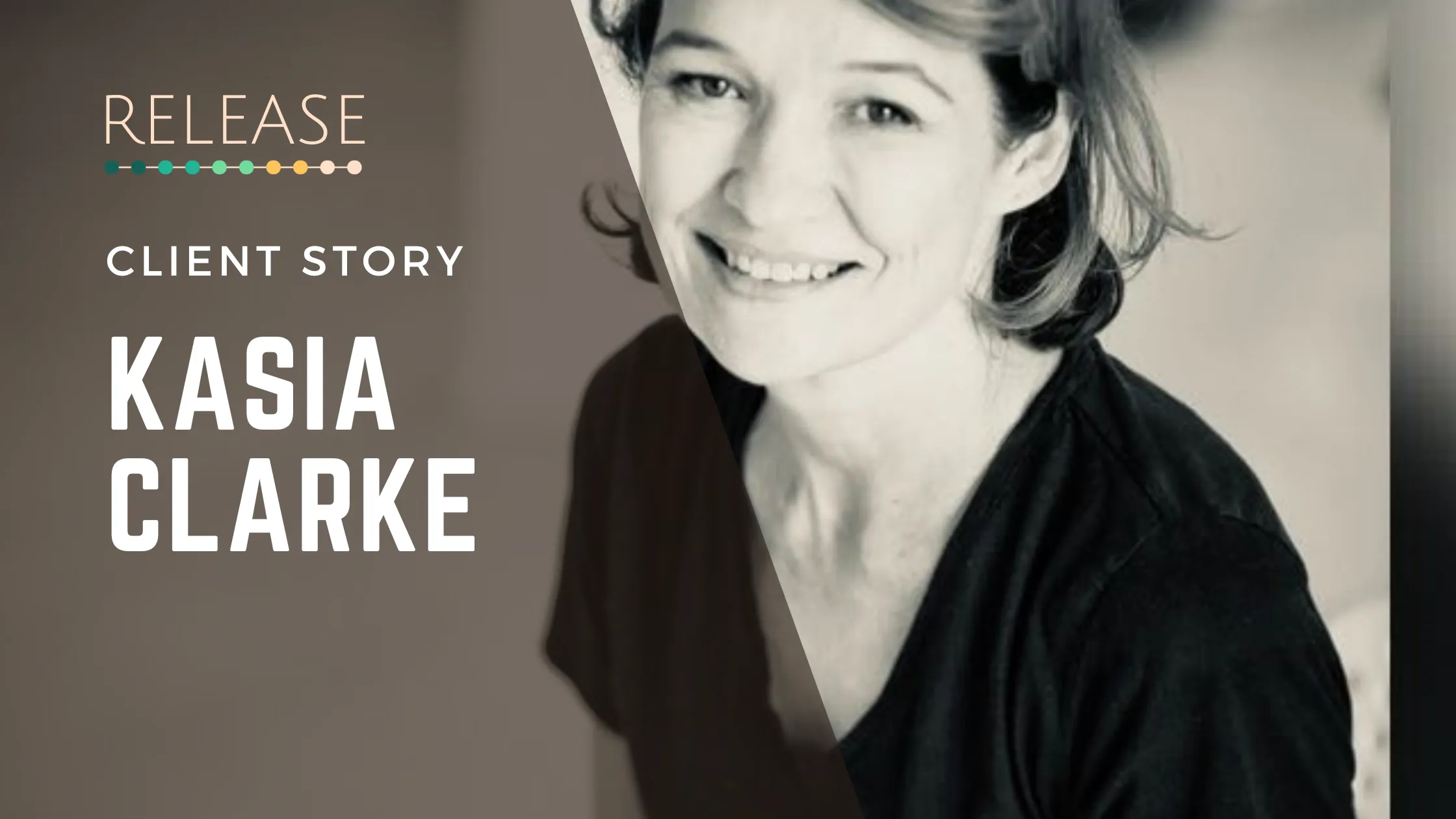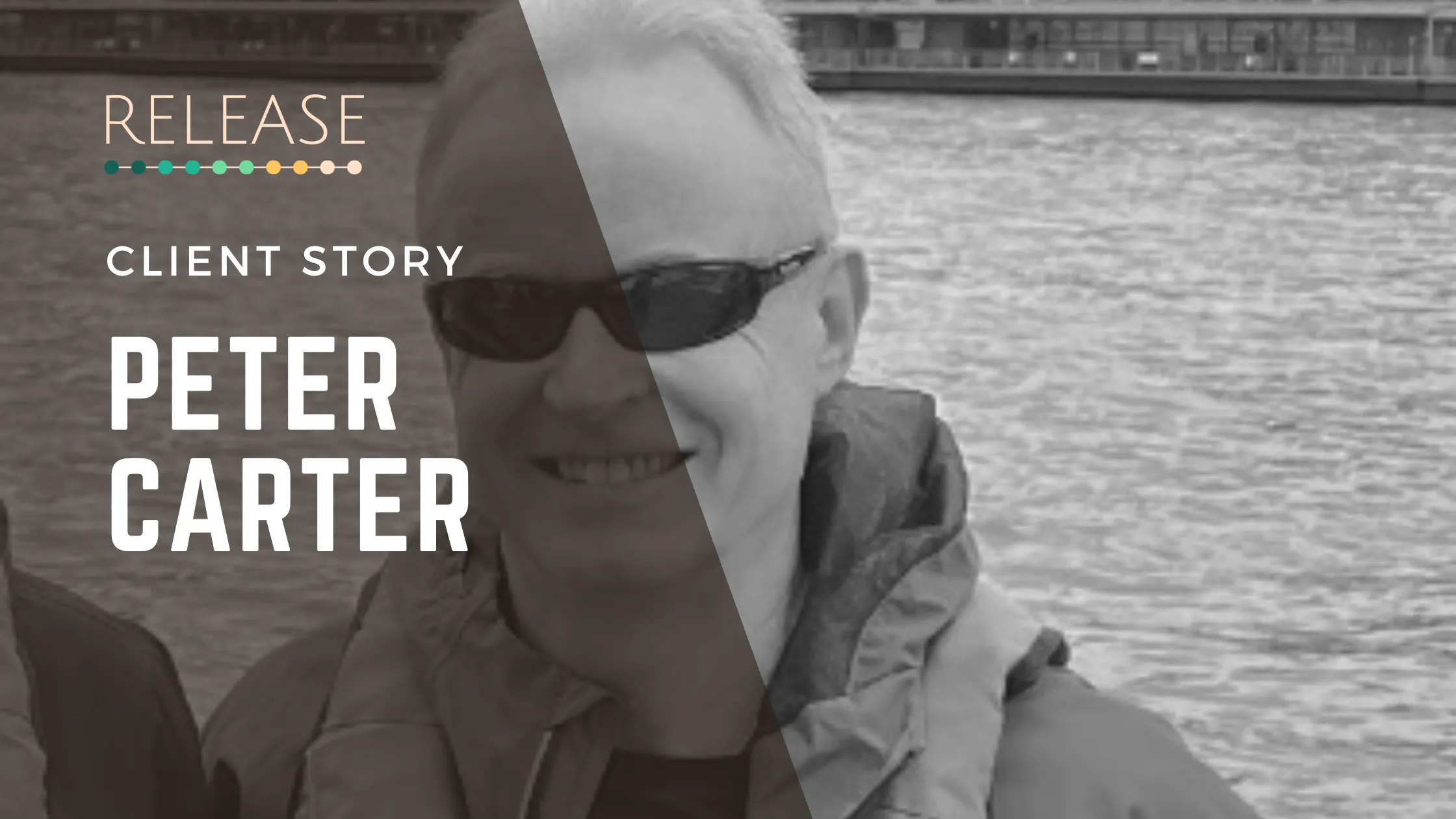Are You Missing These 3 Steps When It Comes To Pain?

The thing I hear most from clients is how they’ve been back and forth to chiropractors, physios or osteopaths for pain, and they’re either still dealing with it or it’s moved or got worse.
And I had similar experiences.
Here’s the thing: doctors, body workers and exercise professionals have a one-sided view of you. It’s their third-person view looking from the outside-in, which can only see and treat you as a body.
Third-person view
There are two ways to view a human being:
- externally, from the outside in; or
- internally, from the inside out
When someone looks at you they see your physical body - its shape, its size and how it moves.
You can see your body in the same way when you look in the mirror.
That’s a ‘third-person’ view.
Modern science is built on this third person view because it’s easiest and most obvious. Experts have trained themselves to only see this one-sided view, and it’s deeply ingrained in the way they approach pain.
It amounts to you being a machine that can be scanned and fixed - whether that’s through medicine, manipulation, massage or surgery.
And of course, there’s a place for all of this and we’re very fortunate to have it.
But it doesn’t take away from the fact that you aren’t just a body. And the outside-in view isn’t the end of the story. You’re a living, self-sensing and self-moving person.
It’s like examining the cover of a book, but never bothering to read the intricate chapters and stories inside.
Viewed externally from the outside pain is a syndrome - it’s a problem with the muscles, nerves, soft tissue, joints, etc. It’s a breakdown of the body.
But from another perspective - the first person or somatic perspective, it’s a malfunction of the nervous system. It’s the way the body and mind have adapted to stressful life experiences.
First-person view
Your first-person or somatic view of yourself is very different from just the body. It’s your awareness of feelings, intentions, sensations and movements.
Do this quick exercise:
- Close your eyes - what do you sense?
- Now stop sensing - what happens? Can you do it. No you can’t. You’re always sensing and perceiving thanks to the continual interaction of the mind and senses with the body.
- Close your eyes again and focus on feeling the weight of your body on your chair or the floor.
- Be aware that you’re witnessing that sensation - you are the observer.
- Now shift your weight so you change the sensation slightly.
- Notice how you have awareness of the sensation and the ability to move and change it.
As well as being able to sense yourself, you also have internal control of yourself. This means you can learn to notice when things aren’t right, and correct yourself when things go wrong.
And let’s face it, if that wasn’t the case, the human race wouldn’t have existed for millions of years before the advent of 20th century medicine… and survived!
Step 1: Realise that you are designed to be self-curing and self-healing
You might have already come to this conclusion, but wonder how that actually works in real life. I did.
I’d had a somatic practice for many years in the form of yoga exercises and breath work. I was used to sensing and moving my body from the inside.
But I was still always ‘butting up’ against the same hip pain - like a distant siren constantly interrupting the peace. I never figured out why I still had it or what to do about it. I was definitely missing something.
Somatic learning
As well as being self-sensing and self-governing, we’re also designed to be self-learning.
The thing I didn’t have and what seems to be massively overlooked is the education piece. I didn't have a way to bridge the gap between what I knew about myself and what I didn’t know about myself.
I knew how to relax and move, and feel better while doing it, but it didn't go far enough. I needed to know what I was doing unconsciously to cause pain so I could stop doing it.
(If you don’t learn what you’re doing unconsciously you can’t make it conscious and you can’t change it).
When I learned to notice the patterns of involuntary muscle contractions and the tension that was causing pain, things starting changing from the inside.
Step 2: Find a somatic learning process that helps you regain internal control
Instead of trying to fix pain, it became about unlearning the patterns and habits behind it.
It became less about the pain and more about regaining and improving internal awareness and control of my body.
When I shifted to a genuine somatic learning process I was confident enough to give up looking for external fixes and rely on my growing internal knowledge of myself.
I learned why I had pain, what brings me back into it and what to do about it (and how to prevent it).
I didn't have to limit myself or be anxious about it anymore. Because it was a learning process I was getting better and better. My movement became more intelligent and I was creating a personal strategy to use for the rest of my life.
Step 3: Give up the focus on pain
Focussing on and thinking about pain all the time will keep you in the ‘fix’ mindset and looking for solutions outside of yourself. Sure, it can feel overwhelming at times. But when you understand the 'why' behind it you can concentrate on taking back control of the patterns that are behind it.
Learning and growing your somatic awareness in this way is the way to start nailing it from the inside out. And you can't go wrong.
If this resonated with you and you you want to learn more come and join my facebook group: http://facebook.com/groups/somaticreset
Or if you want 1-1 support, book a possibility session.






